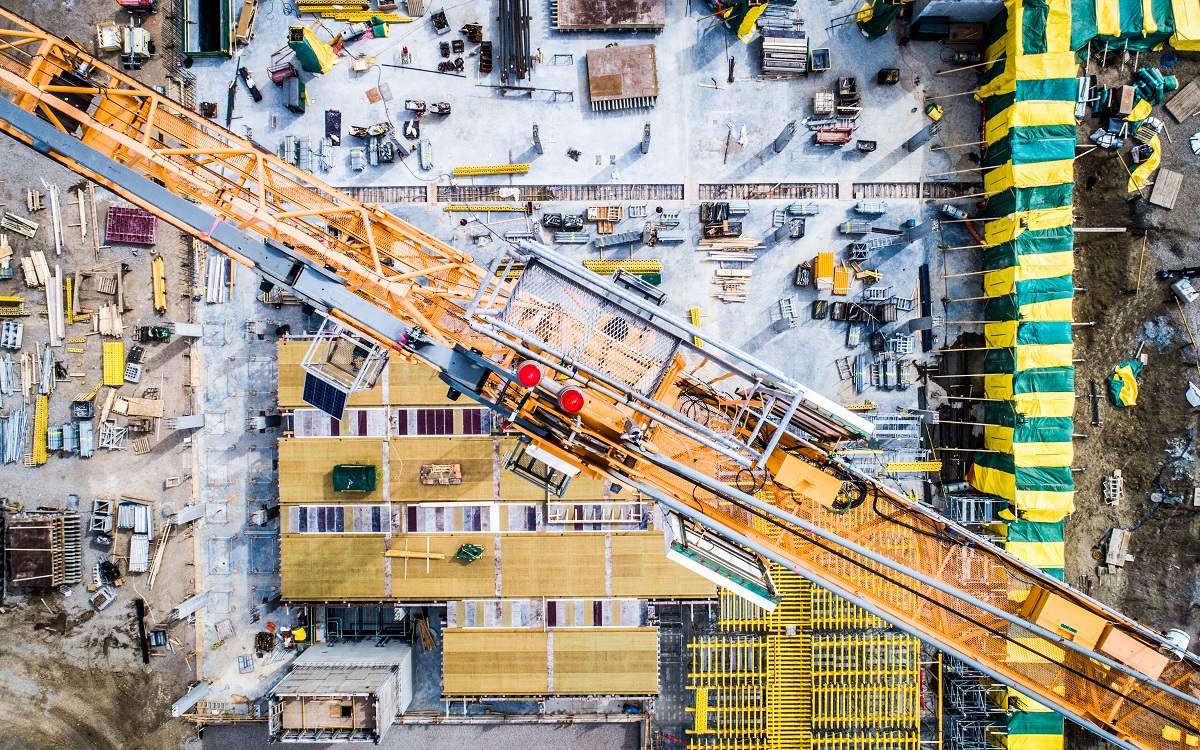When you’re in charge of a construction site, there are many factors essential to the success of your project. But where do you rank the importance of managing your site’s pollution? In Utah and across the country, the construction industry is a major contributor to many types of pollutants. Here are five steps you can take to reduce the footprint of your sites’ activities.
Control erosion
Various activities at your construction site, such as land clearing and soil disturbance, render the area more prone to erosion. The many forms of construction-related debris will runoff in the form of sediments, which pollute downstream bodies of water by making it more turbid and reducing available sunlight in the ecosystem.
Utah requires construction sites of 1 acre or larger to have a stormwater pollution prevention plan (SWPPP) before a permit is secured. However, even for smaller sites, it’s wise to implement best management practices for containing debris, maintaining vegetation, and leaving slopes and channels undisturbed.
Manage toxic substances
Along with regular debris and silt, it’s possible for more harmful substances used at your construction site to pose a risk for contamination. Petroleum products from machinery, glue, paint, solvents, cleaning materials, and other chemical hazards can all enter the surrounding environment. See to it that your team practices good housekeeping when it comes to these substances – handling and disposing of them properly to avoid any risk of entering the drainage or run-off.
Contain dust and other airborne particles
No matter what build you’re using at your site, chances are it will involve one or more of these standard materials – cement, concrete, wood, stone, or silica. Working these materials generates construction dust, which is classified as a fine particulate matter under 10 microns, or PM10.
These particles increase air pollution levels in the area as they spread considerable distances, and have adverse effects on locals’ health, particularly for those with existing chronic respiratory conditions. Measures to contain air pollution from your site include setting a dust screen around the entire perimeter and placing a finer mesh screen around the immediate source of particles. Spraying water on surfaces being worked, or using a vacuum cleaner at the same time, also helps.
Reduce emissions
Vehicles and equipment are inevitably involved during a construction project. You’ll need the transport of materials and personnel, and heavy machinery to complete your operations. But all of these activities generate harmful emissions, in and out of the actual site.
To minimize the impact of your activities, make efficiency a priority. Source local and pre-fabricated materials as much as possible, and maximize loads so that overall transportation is reduced – both in terms of distance and actual trips involved. Avoid burning anything on-site and make sure engines use low sulfur diesel and high-quality filters.
Minimize noise level

Many activities carried out at your site will generate a high level of noise, which disturbs residents and wildlife alike. In humans, this can raise stress levels, impair hearing, and disrupt sleeping patterns. Minimize the noise pollution generated by your construction by using only modern, low-impact technology, such as power tools or generators with low noise levels, and surrounding the area with portable sound shields.
Modern construction projects shouldn’t only be about on-site development. Build on the lessons of the past and carry out the work using responsible methods and best practices to minimize the impact on the environment.
